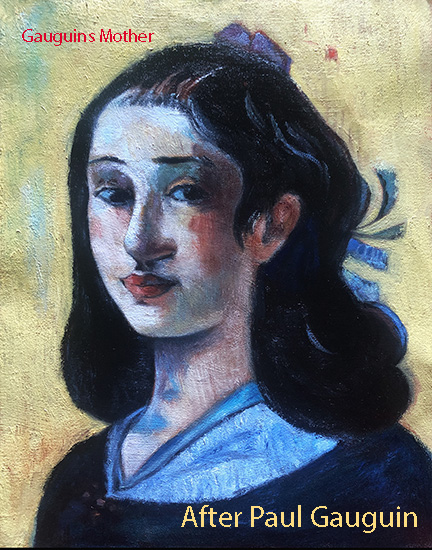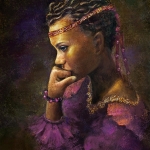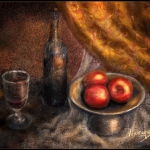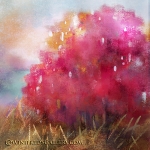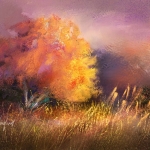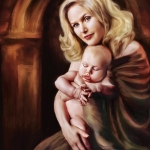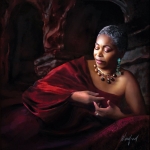There are Rules for creating copies of a Master’s Paintings. Such paintings are referred to as “master copies or master studies”. I would refer to my work on this page as studies. I wouldn’t quite elevate them as “copies”. I didn’t actually make such an attempt. The rules, however are number one, not to make the study/copy the same size/dimensions as the original painting. That is flat out considered FRAUD! The other rule is to put on the front of the painting “After … and the artist name” as I did here. There is debate as to whether or not such paintings can then legitimately be sold, though there does not seem to be a big problem with that so long as the first two rules are followed. This is my first attempt at a master study.
In Europe, the first years of an art students study is primarily making master copies. If you’ve been to the the Louvre in Paris, you have do doubt seen students sitting if front of some of the great paintings of the ages attempting to make copies. I am told that after years of this kind of work, the students are allowed, only then, to make original paintings. It’s hard for me to imagine. I am also told that this kind of study is beginning to occur more and more in the USA. I guess I’m beginning to see the point. After my first two weeks of effort trying to paint from bad internet copies and book print copy – which is poor quality also, I would love to have an original work as a reference. There is value in observing and intensely studying the design, brushwork, color palette and values structure of great paintings.
Gauguin is one of my favorite painters. I love his colors and the design of his paintings. He primarily creates yellow and orange highlights and blue to purple shadows. He intermixes that with bright reds and vivid greens. He’s a genius colorist as was Van Gogh. I chose the painting above to paint, honestly, because it was simple! When Gauguin’s mother died, he was far far away in Tahiti. He had only this one photo of her taken when she was a girl and so that was his reference. His paintings are normally very complex with multiple people in the foreground and landscape scenes in the background. As a study, however, I can choose any part of his painting – not necessarily the whole thing.
Below: I also love Renoir’s portraits, though I certainly found this style of painting pretty hard to do.
There are no smooth areas of paint or color. The small brushstrokes are constantly changing in hue, value and direction. I made an effort toward some level of accuracy on her face, hair, body and dress, but not with the background. You can look her up (Renoir Portrait Painting of Jeanne Samary) if interested to judge how I did with my first impressionist portrait study. Don’t forget there are many different color versions of this painting due to the manner in which it is copied and displayed. So many times I gave myself permission to quit – after all, it was only a study. It’s funny, when I did so, this seems to give me the stamina to keep going a bit more. It will be interesting at some point to see if I can use these techniques on a reference photo which I have taken.
It’s also interesting that the two study references have opposite characteristics. Gauguin uses relatively large flat smooth paint areas whereas Renoir has constantly varying brushstrokes and textured surface areas. I love both.
Have a very wonderful day. Winifred

